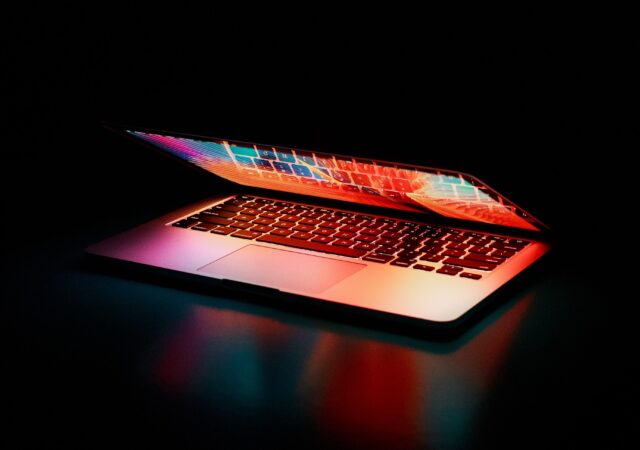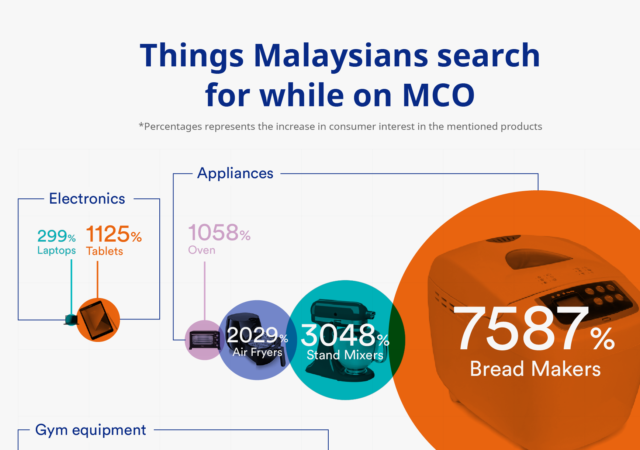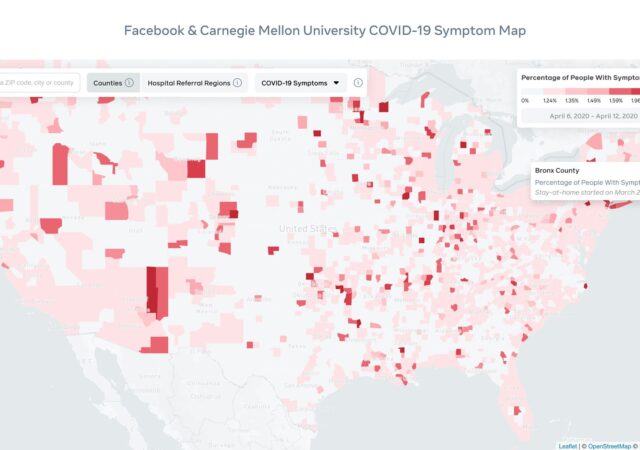The future of businesses is quickly changing with the COVID-19 pandemic. More and more businesses empower work from home while maintaining or increasing productivity, So where do we go from here?
Tech & Tonic Special with Red Hat Feat. Eric Quah – Brave New World
We sat down with Red Hat to find out how they have copped with the COVID-19 situation and see if we can get some tips to normalise too.
Pandemic Outcome for Small Businesses: Why It’s Time to Change Attitudes Towards Technology
Adapting to a new working world post pandemic can be daunting. However, small businesses have to be vigilant and adopt new technologies to remain competitive and viable.
Why Technology is The Key to Malaysia Overcoming the Fallout from COVID-19
Moving forward, post COVID-19, the world is changed – bringing some credence to the phrase “the new normal”. How are businesses going to adapt? What can they do to survive?
Fitbit Introduces Fitbit Flow to Help With COVID-19 Pandemic
Not too long ago, we covered a call to arms by a few governments across the world to develop and produce ventilator devices to help with the current shortage across many countries due to the COVID-19 outbreak. Health and wearables…
Malaysians Have Been Searching for Everything from Condoms to Yoga Mats during the COVID-19 Pandemic
Malaysians, like many others around the world, have been cooped up at home doing their best to contribute to ending the COVID-19 pandemic. However, it seems like staying at home has led to Malaysians turning to eCommerce for their necessities and some retail therapy.
[COVID-19] Australia is Next in Launching COVID-19 Contact Tracing App
Australia is the next region to launh their own COVID-19 contact tracing app. The app is based on Singapore’s TraceTogether app. There are some security and privacy concerns that comes with the app though.
Is Privacy Our Sole Concern With Contact Tracing Technology?
This week the Guardian reported an alleged ‘standoff’ between the NHSX (the digital innovation arm of the NHS) and tech giants Google and Apple regarding the deployment of contact tracing technology aimed at curbing the spread of the Covid-19 virus.…
techENT Download || Attractive Pricing for a New Apple iPhone, a New OnePlus Flagship, and another realme smartphone for Malaysia.
In this week’s techENT Download, we see a new affordable Apple iPhone, an over the top OnePlus 8 flagship, and a wallet friendly realme 6i.












